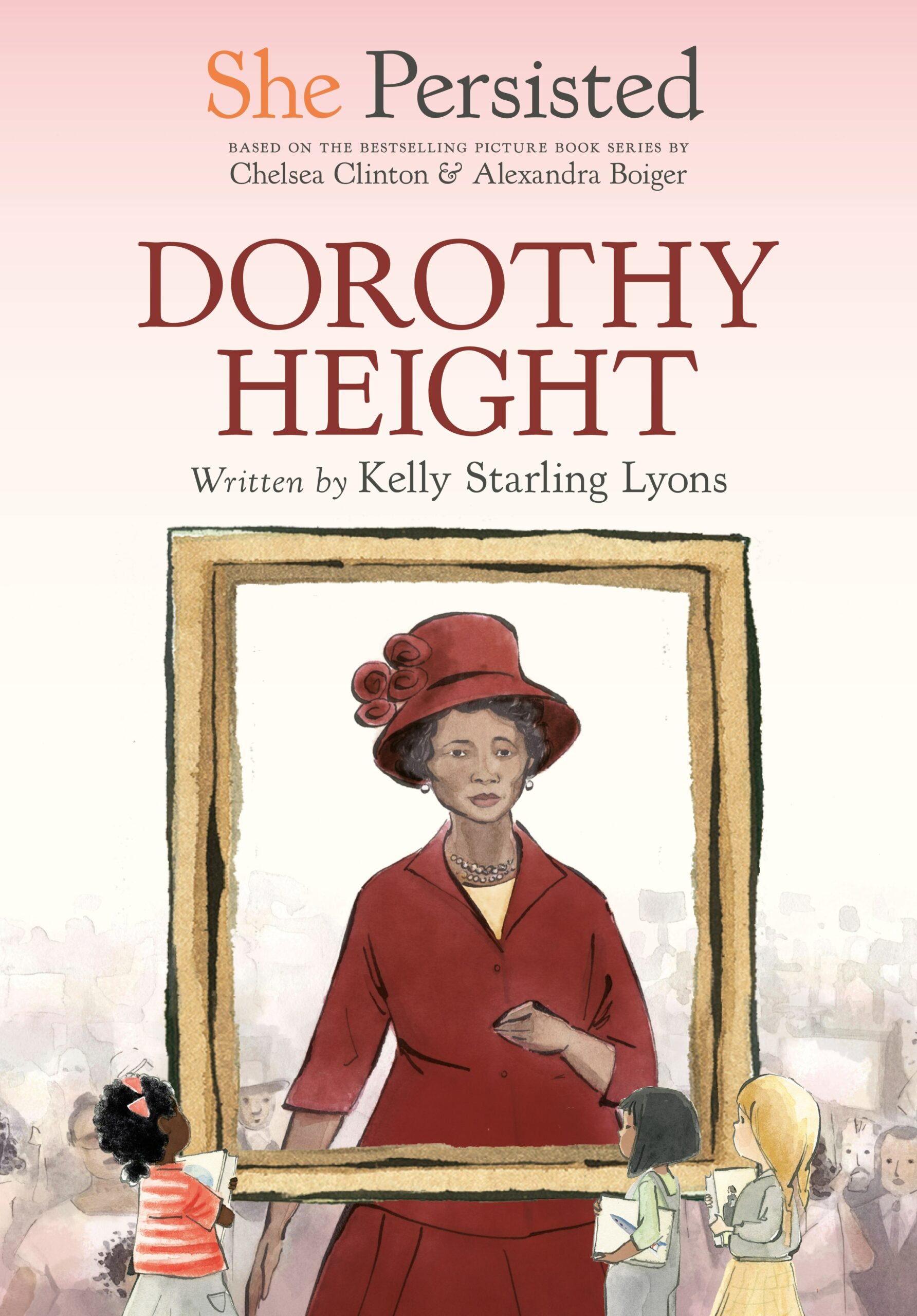Dr. Dorothy Irene Height was always a helper. As a little girl, her mom taught her to never look down on anyone, but to ask herself how she could make their lives better. Dorothy loved finding ways to serve. She gave music lessons to young friends. She helped struggling classmates study. She pitched in wherever needed, just like her parents. Dorothy had no idea that helping would become her life’s calling and lift people up around the world.
On March 24, 1912, Dorothy was born into a Virginia community where Black-owned businesses and schools stood proudly. People there worked hard, looked out for each other, and gave back.
Her parents, Fannie Burroughs Height and James Height, welcomed her, their beautiful baby, to a place that held immense promise. But they knew the incredible danger it could pose to a Black child too. Segregated RIchmond had different rules for Black and white people. Signs, mean words, and stares, let Dorothy’s family know where they could go- and where they could not.
In Black neighborhoods like theirs, her family felt seen, loved, and safe. But in others, fairness and freedom could depend on the color of your skin. Dorothy’s parents knew those segregation laws were wrong. Each had been married before and raised children in that environment. They wanted something more for their family.
Four years after Dorothy was born, the Heights moved from the South to the North in search of new opportunities and with the hope of finding less discrimination. From the 1910s to the 1970s, millions of Black people did the same. The movement was called the Great Migration.
Dreams billowed like smoke in the town near Pittsburgh, Pennsylvania, that was their new home. From the whistle of the steel mill to the whoosh of the railroad, Dorothy heard the music of people creating a life. She loved the languages and songs that zigged through evening streets like jazz. She loved the stories of families who’d move to Rankin, like hers did, for a better chance.
When the U.S. entered World War 1, Dorothy’s community supported the fight. Some people served in the war. Some worked in the steel mill producing important items like military weapons, helmets, and armor for tanks and ships. The spirit of helping was all around.
Dorothy got along with everyone.
Comprehension Questions
1. What was the movement called, when millions of Black people moved from the South to the North?
A. The Black Migration
B. The Black Movement
C. The Great Migration
A. She loved finding ways to serve
B. She only did it to please her parents
C. She was tired of always helping
Your Thoughts
Vocabulary
4. List any vocabulary words below.

